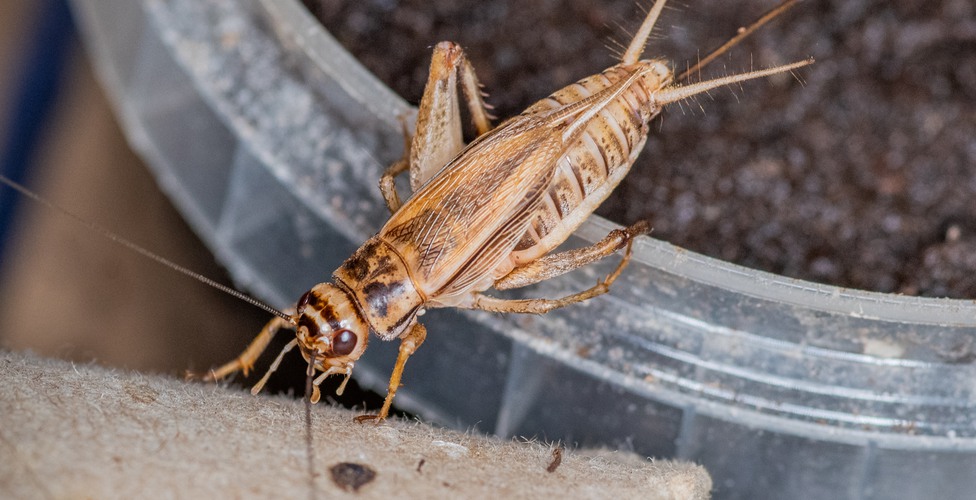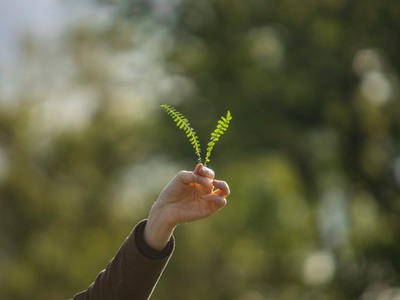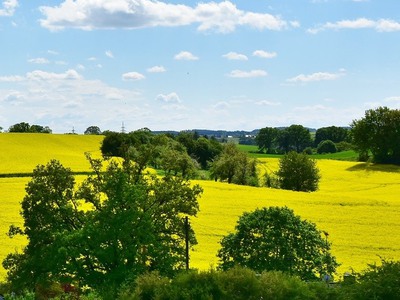How animals consume energy can provide us with insights into how ecosystems are structured and function. PhD student Karl Mauritsson has explored this in detail by studying the energy use of small animals and developing mathematical models that could be used to predict how animal populations and entire ecosystems are affected by various factors, such as climate change and environmental toxins.

By understanding the energy consumption of animals, we can learn things about how entire ecosystems function.
Karl Mauritsson, a PhD student in theoretical ecology, researches how animals use energy to grow, reproduce, and maintain vital processes.
"By understanding how animals use energy, we can better understand how populations and entire ecosystems function. For example, one could see how the balance between species in a lake might change with higher temperatures due to climate change," he explains.
Small animals – big energy consumers
Karl Mauritsson's research tries to understand why small animals, although they consume less energy overall than large animals, use more energy relative to their body weight. It is related to the fact that small animals generally live their lives at a faster pace—they grow faster, reach sexual maturity earlier, reproduce more often, and have shorter lifespans.
"Patterns of how animals use energy and the speed of their biological processes are crucial for how populations grow and how species interact and influence each other in the ecosystem's food web," says Karl Mauritsson.
Models predicting the future of ecosystems
In his research, he has developed models that can predict how animals grow when food is scarce and how populations of marine mammals, such as grey seals in the Baltic Sea, are affected by toxins in their diet.

Grey seals can teach us how different species and their populations respond under stress.
"Preliminary results from laboratory experiments and models show that some animals use more energy to maintain vital functions as they grow larger and that they prioritise these processes even more when food is scarce. This may be related to the fact that many animals age more slowly and live longer when they have a low food intake."
These insights are crucial for understanding how different species and their populations respond under stress and how the balance of ecosystems is affected by changing environmental conditions.
Tools for sustainable decision-making
Although Karl Mauritsson's research is primarily fundamental research, meaning it aims to increase our understanding of fundamental principles rather than solving specific problems, he still sees great potential for applications.
"My research could be useful for developing models to create sustainable harvesting strategies in fishing or hunting to avoid overexploitation of species. They could also help develop conservation strategies for endangered species or predict how climate change affects animal populations and ecosystems," he says.
Karl Mauritsson is enrolled at Linköping University but works at the University of Skövde, where his supervisor is based. Together, they are working on the research project Advancing the metabolic theory of ecology.
Karl Mauritsson will defend his thesis, "Application of Metabolic Theory in Models for Growth of Individuals and Populations," on 11 October at the University of Skövde.




